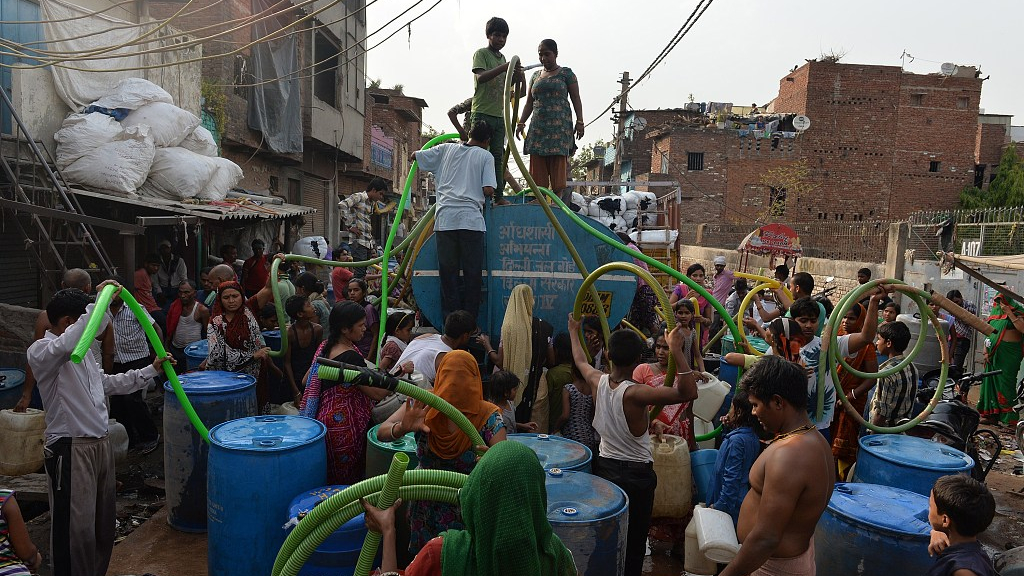

India is expected to add around 300 million people by 2050 and will remain the most populated country until the end of this century, according to a UN report.
Currently, the country is home to 1.37 billion people and is posed to overtake China's population by 2027. Assessment shows the country's population has doubled in size in the last 40 years.
Despite slogans such as "hum do hamare do" that encourages family to have only two children, public discussion on the topic has only been gaining traction in late.
On July 12, a Member of Parliament tabled a private member bill titled Population Control Bill, in the upper house. The premise of the bill centers around the fact that the pressure on resources will rise with an increase in population and the government needs to restrict the number of children to two.
The website shows the details of the bill as, "towards promoting the small family norms of up to two children per eligible couple; to ensure healthy birth spacing through measures related to augmenting the availability, accessibility and affordability of quality reproductive health services, and other relevant development instruments by the Central and the State Governments; to achieve the goal of stabilization of population commensurate with the emerging social, economic, health, nutritional, epidemiological, environmental and other developmental needs of the national economy."
Experts believe using laws to control the population will not be acceptable in India because in the last few decades the country brought the total fertility rate (TFR) down to 2.1, meaning two children per woman. In about 23 states it is even less than the replacement rate of 2.1 children per woman.
Dr. Argentina Matavel, of the United Nations Population Fund explains, "More women are delivering in health facilities meaning that their babies and even themselves are surviving," adding that "It is a trend that has to be looked at and compared with one decade back or two decades back, because social change takes time especially in the areas of health and education."
India already has several policies in place to deal with the problem of the rising population. But for her, the challenge is the young population of around 340 million.
Amit Behra, CEO of Oxfam, says that this is a cause for concern. "We talk of demographic dividends but what people don’t appreciate that this window is open from only for five to ten years. Where these children are from ten years to twenty five years that’s when they can get into productive employment and if till 25 you have not engaged them in economic activity in constructive social activities then they become a demographic burden that’s going to be a huge huge worry," says Behra.
India is struggling with the highest unemployment rate in the last forty-five years and, according to Behra, tougher times are underway as agriculture is also in crisis.
In the race to a bright future, many will be left behind if the government fails to provide quality of life to every citizen. The ones who will suffer the most are the socially disadvantaged and the economically poor.
(Cover image: Indian residents fill drums from a water distribution tanker in New Delhi on June 16, 2014. /VCG photo)

Copyright © 2018 CGTN. Beijing ICP prepared NO.16065310-3
Copyright © 2018 CGTN. Beijing ICP prepared NO.16065310-3